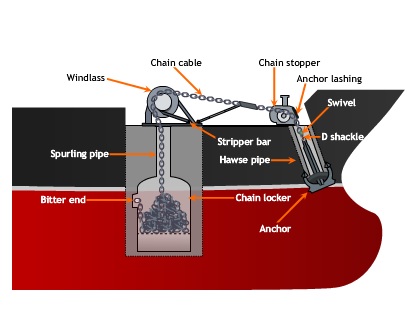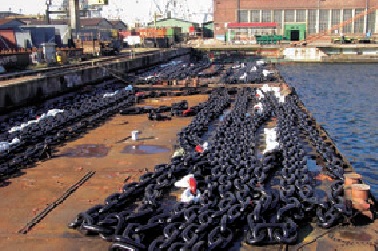
Safe anchoring - planning and operational guidance for cargo ships
Anchoring is a critical shipboard operation.There are a number of reasons why a vessel may wish to anchor, for example:
- the berth or cargo is not available
- an amendment to the passage plan
- the pilot is not available / boarding delayed
- machinery breakdown
- awaiting good weather / adverse weather
- voyage orders not available.




